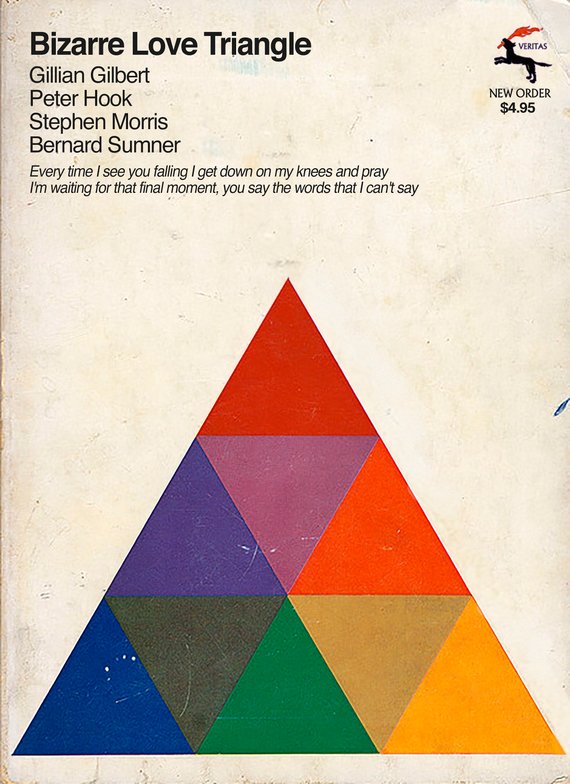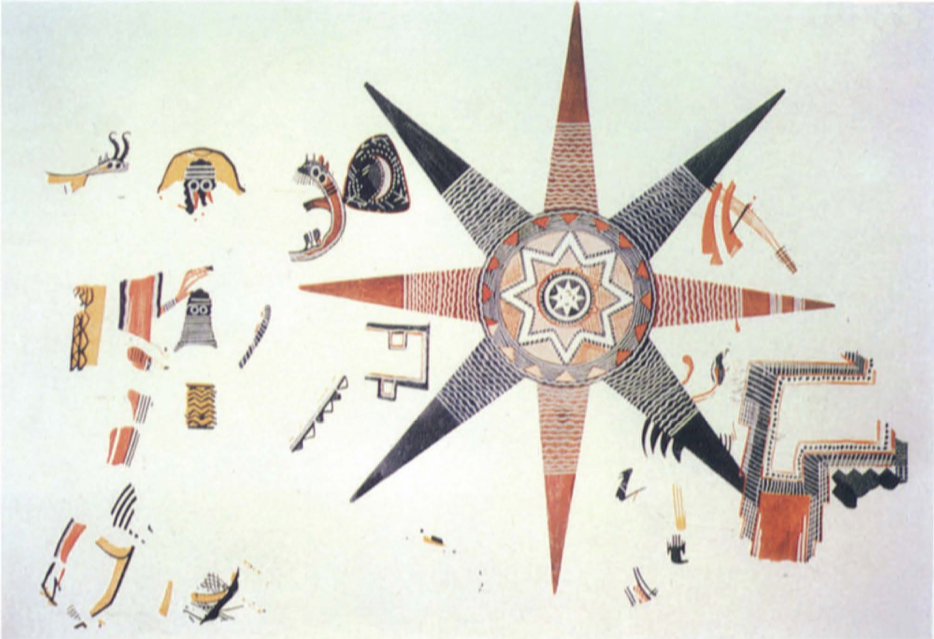In 1945, Walt Disney and Salvador Dalí began collaborating on an animated film. 58 years later, with Dalí long gone and Disney gone longer still, it came out. The delayed arrival of Destino had to do with money trouble at the Walt Disney Studios not long after the project began, and it seems that few laid eyes on its unfinished materials again until Disney’s nephew Roy E. Disney came across them in 1999. Completed, it premiered at the 2003 New York Film Festival and received an Oscar nomination for Best Animated Short Film. Now, fifteen years later, we know for sure that Destino has found a place in the culture, because someone has mashed it up with Pink Floyd.
Unlike The Wizard of Oz, which has in Pink Floyd’s Dark Side of the Moon the best-known inadvertent soundtrack of all time, the seven-minute Destino can hardly accommodate an entire album. But it does match nicely with “Time,” Dark Side of the Moon’s fourth track, in length as well as in theme.
Though in many ways a more visual experience than a narrative one — if completed in the 1940s, it might have become part of a Fantasia-like “package film” — Destino does tell a story, showing a graceful woman who catches the eye of Chronos, the mythical personification of time itself. This allows the film to indulge in some clock imagery, which one might expect from Dalí, though it also includes clocks of the non-melting variety.
Only with “Time” as its soundtrack does Destino include the sound of clocks as well. All the ringing and bonging that opens the song came as a contribution from famed producer Alan Parsons, who worked on Dark Side of the Moon as an engineer. Before the album’s sessions, he’d happened to go out to an antique shop and record its clocks as a test of the then-novel Quadraphonic recording technique. The transition from Parsons’ clocks to Nick Mason’s drums fits uncannily well with the opening of Destino, as does much that follows. “Every year is getting shorter, never seem to find the time,” sings David Gilmour. “Plans that either come to naught or half a page of scribbled lines.” Though Disney and Dalí came up with much more than half a page of scribbled lines, both of them probably assumed Destino had come to naught. Or might they have suspected that the project would find its way in time?
You can watch a documentary on the Disney-Dali collaboration here.
If you would like to sign up for Open Culture’s free email newsletter, please find it here. It’s a great way to see our new posts, all bundled in one email, each day.
If you would like to support the mission of Open Culture, consider making a donation to our site. It’s hard to rely 100% on ads, and your contributions will help us continue providing the best free cultural and educational materials to learners everywhere. You can contribute through PayPal, Patreon, and Venmo (@openculture). Thanks!
Related Content:
Dark Side of the Rainbow: Pink Floyd Meets The Wizard of Oz in One of the Earliest Mash-Ups
Pink Floyd’s “Echoes” Provides a Soundtrack for the Final Scene of Kubrick’s 2001: A Space Odyssey
Based in Seoul, Colin Marshall writes and broadcasts on cities and culture. His projects include the book The Stateless City: a Walk through 21st-Century Los Angeles and the video series The City in Cinema. Follow him on Twitter at @colinmarshall or on Facebook.



















